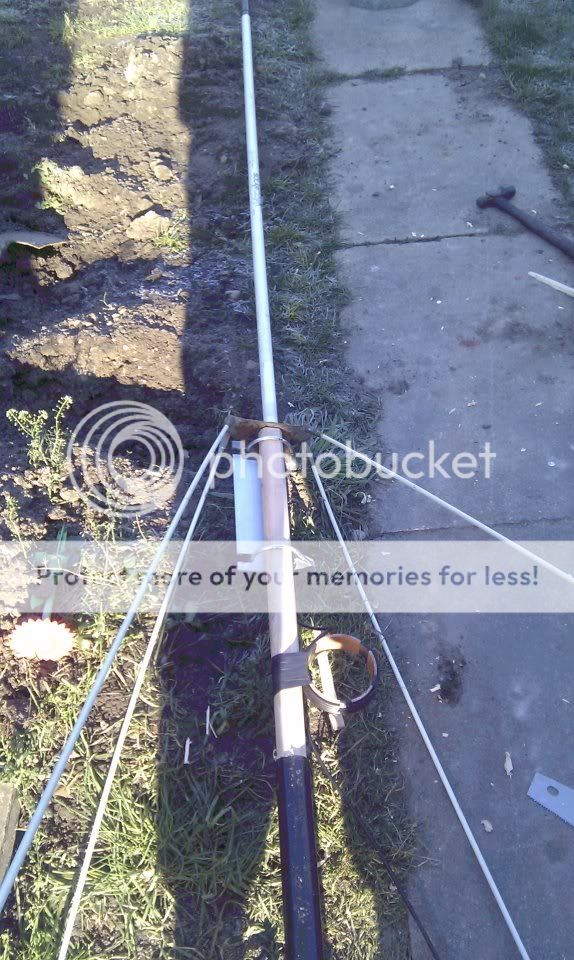i only saw a few needle-widths change when comparing the gainmaster to my i-10k to everybody but one friend who noted if i recall correctly a couple of s-points drop when i swapped from the 10k to the gainmaster and back up again when i swapped back on his ft897 meter,
between imax and 10k we had 1.5 s-units to one guy and more to another friend,
i put it down to the imax not been happy on the same pole as the i-10k, not that the 10k had that much more gain,
if you can't make cm currents look bad with any length mast or feedline i don't know whats going on with the model, i know you can have enough current on the coax to cause bad rfi in the shack with an a99, isolating and adding radials cured it, the same is true with the imax.
Bob, it's not that I can not make CMC's look bad with any length mast or feed line, I wasn't trying to deal with changes in height or feed line length in this idea. I was trying to demonstrate why I think radials may not matter with an EFHW radiator, but maybe it is just a technical difference, and it may not matter as much in a real world setup. I'm also not saying I think it is a good idea either. That said, I've also noted that I see adding radials to the EFHW model does show there is improved decoupling. But according to these models and some of my real world testing the idea, it does not look to change the gain or angle much, at least as best I can tell, but truthfully I can't measure either...I just have to go by what I see from my radio.
I've been saying for some time as a result of my using Eznec, that I see some feed line lengths...ill-effecting results. I still don't know if that effects all the different CB antennas we might talk about here, but I was suggesting that maybe it could help to mitigate bad CMC effects just by a change in the feed line length.
I might have suggested in my earlier posts that the cause of this was height rather than feed line length, but that was simply because at the time I was using the mast as a reference to the length of the feed line. So in such cases, if I changed the mast length the antenna height and the feed line length also changed.
Now that I have figured out a way to use the Eznec transmission line feature I can change the feed line length without changing the antenna height. I hope this makes sense as to why I was saying height rather than feed line length, and that I said it clearly.
Here are two models, one at 36' that I just did, and the other I posted the other day at 48' feet high. I'm not 100% sure, but I think all I changed was the height of the antenna, so we can see what happens when, as you suggest, using a 1/2 wave multiple mast connected to the ground.
View attachment Bob's follow up.pdf
Form the looks of this the radials, mast, and feed line has sucked almost all of the RF out of the radiator. To me this looks like a 36' tall mast with a load on top. You can see in the currents log that the currents on the mast, feed line, and radials are much greater than those on the radiator.
Except for the part about radials, I think this fits W8JI comments in the following link where he describes a similar situation with the Imax/A99 and the mast radiating as much as the part on top that we think is the antenna. Scroll down to the Imax/A99 topic.
End-fed Vertical and J-pole
Last edited:

